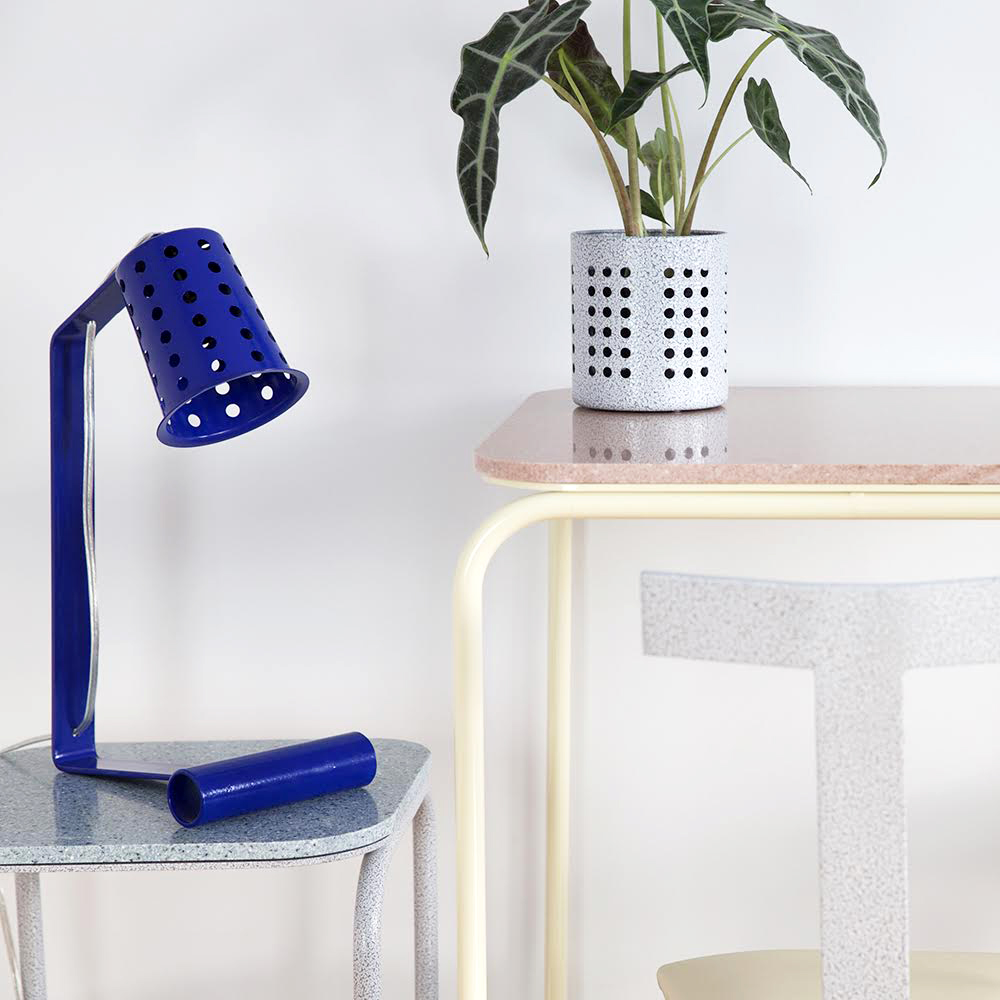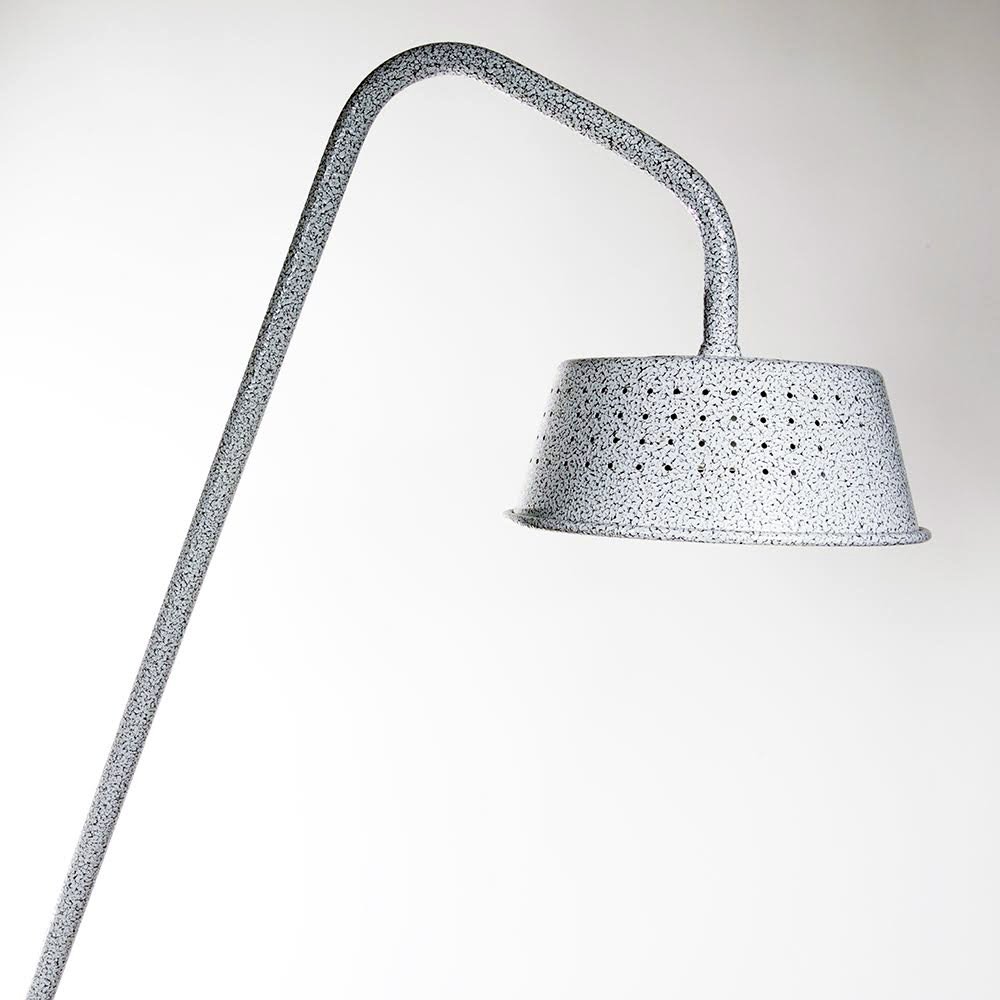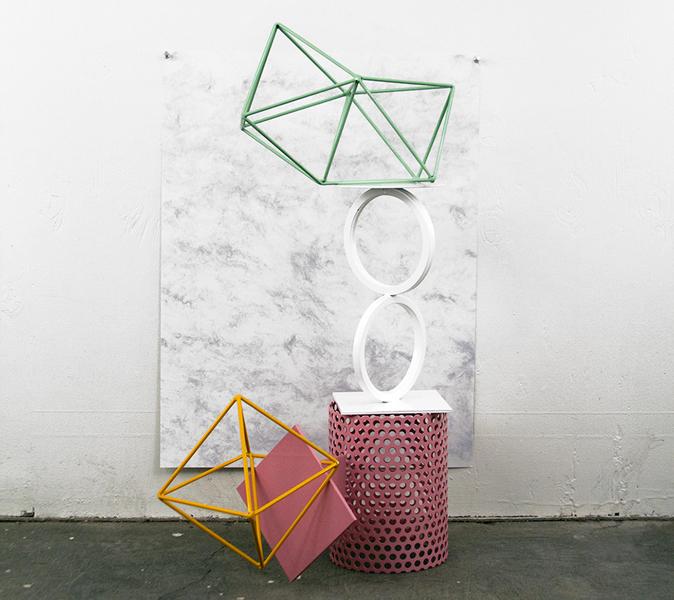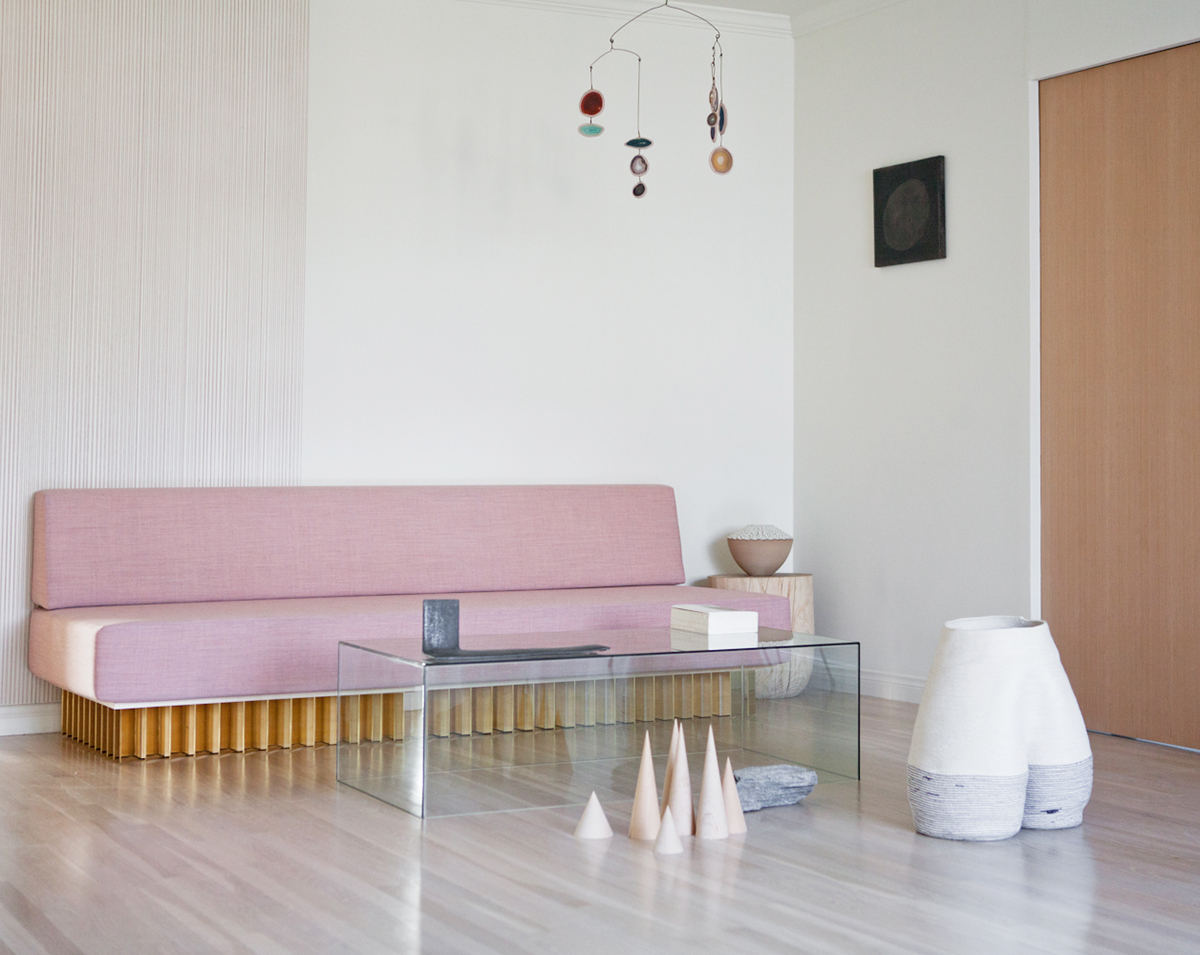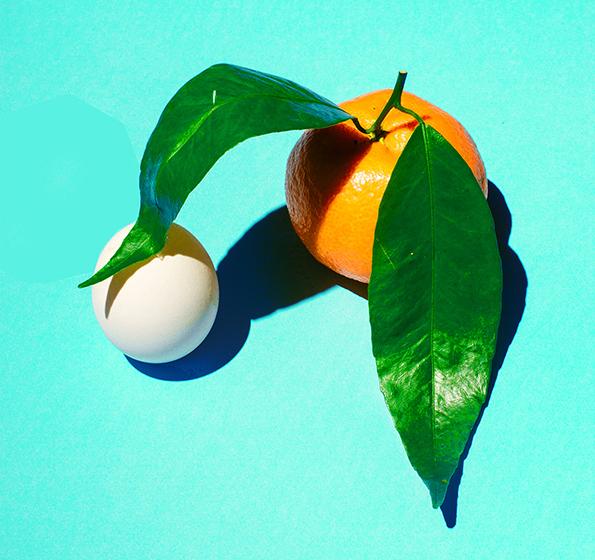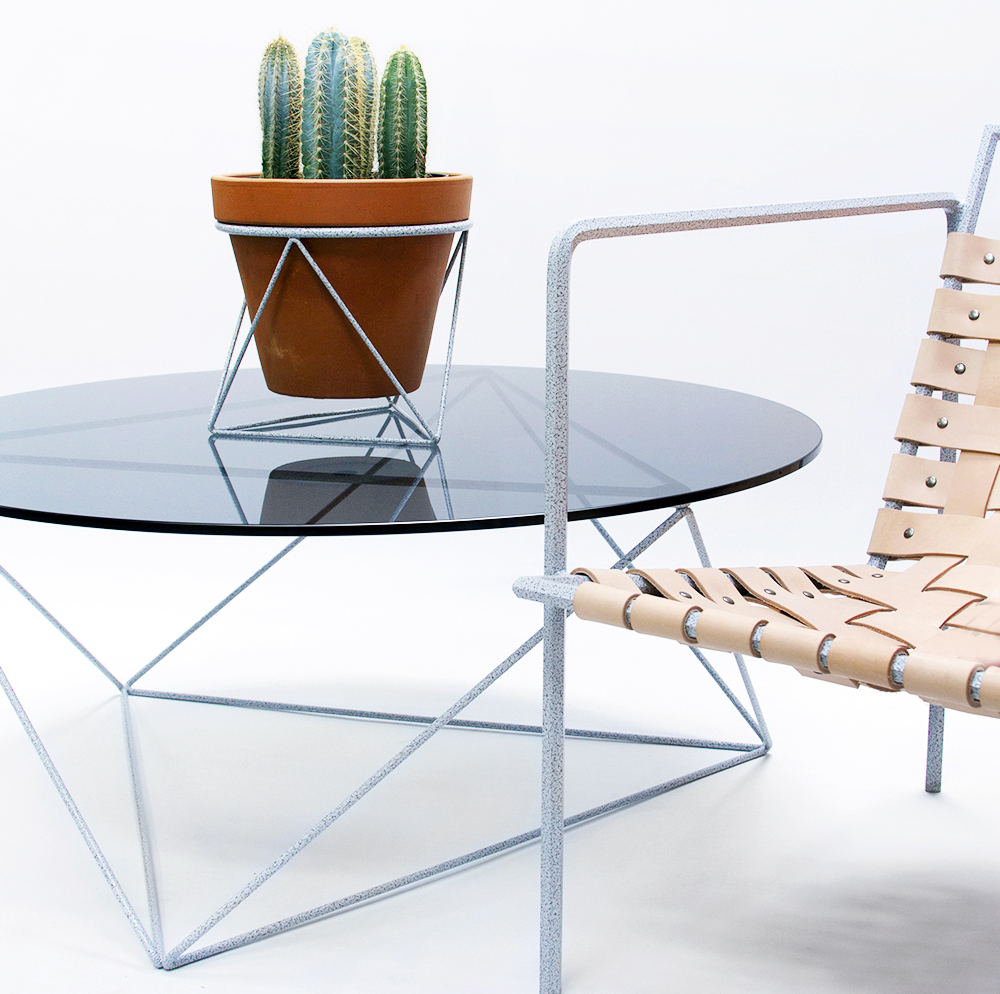
11.12.15
Current Obsession
Why Designers Are Obsessed With a Metal Finish Called Hammertone
When something previously considered totally and irreparably uncool — like Tevas, or turtlenecks — suddenly becomes a massive trend, it can be hard to pinpoint exactly how and why it happened. Hammertone is a little bit like that. A bumpy metal powder-coat finish long used exclusively on industrial machinery and parts (as well as those old Stanley thermoses), we noticed earlier this year that it was running rampant through the collections of some of our favorite furniture designers, yet all we could say to explain the phenomenon was that it just looked right. So today, beginning with the Eric Trine pieces above and the Brook & Lyn cactus planter below, which is available for sale in our online shop for a mere $48, we’re unpacking the rise of hammertone, surveying its best examples and hearing from the designers themselves why they’ve become converts. Their answers may surprise you.
Brook & Lyn
“Hammertone is often used to hide mistakes in metal, making uneven surfaces appear perfectly flat and smooth. We work with hammertone for the exact opposite reason: We use it to cover up the precision, to make precisely machined parts appear a little more flawed and human.”
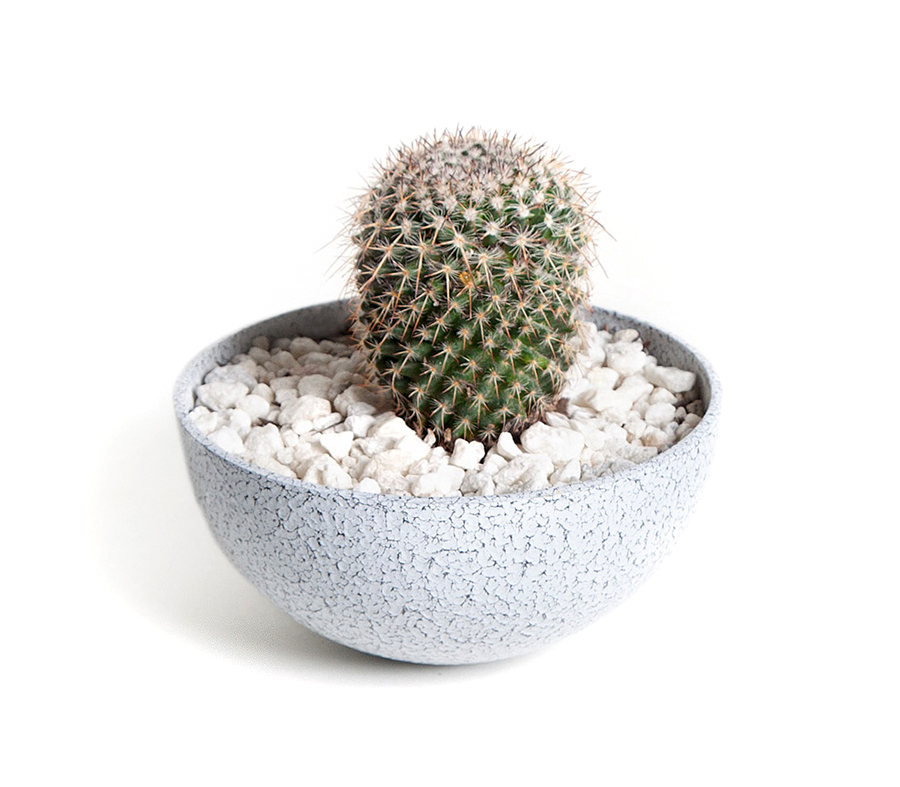
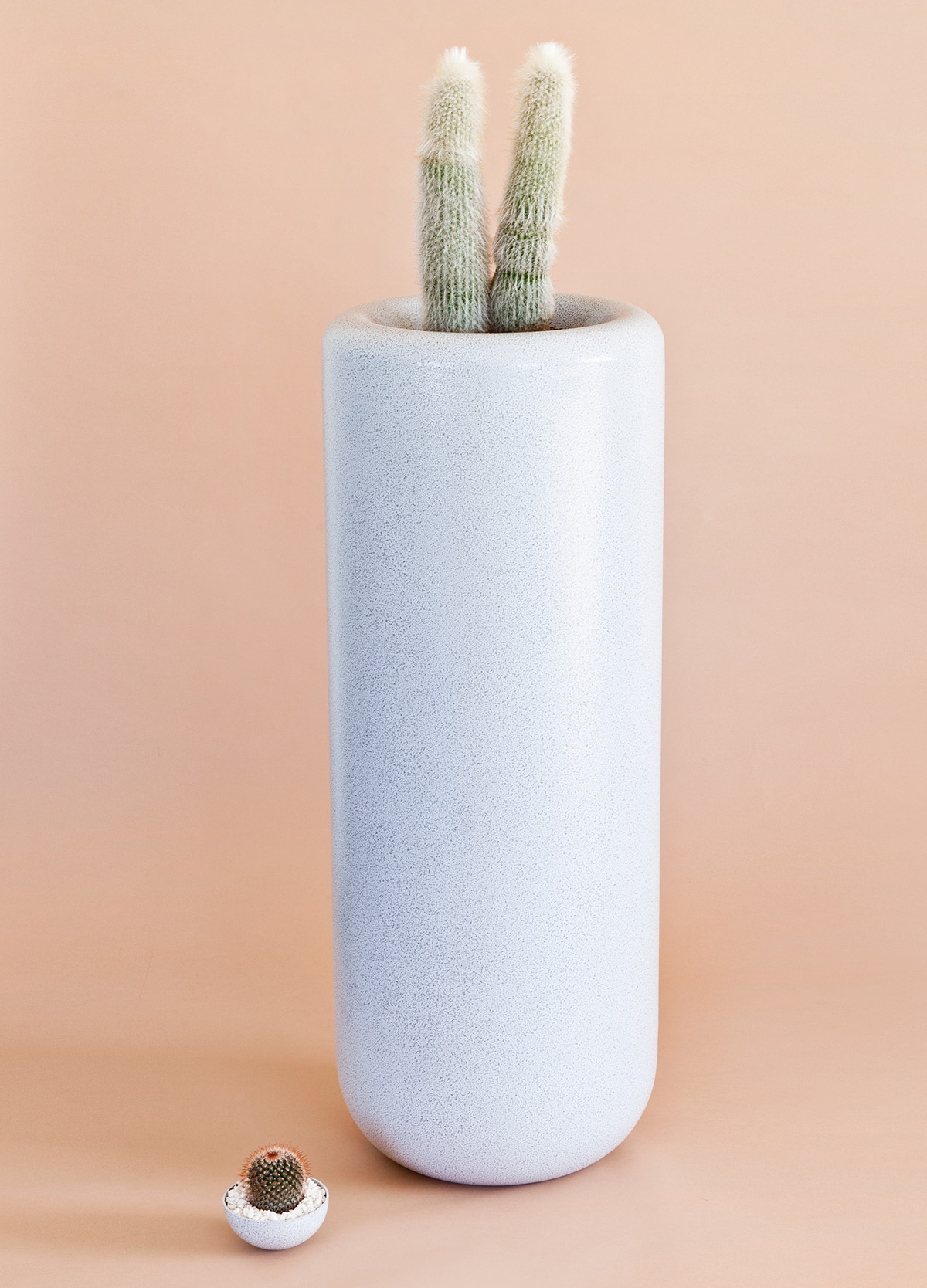
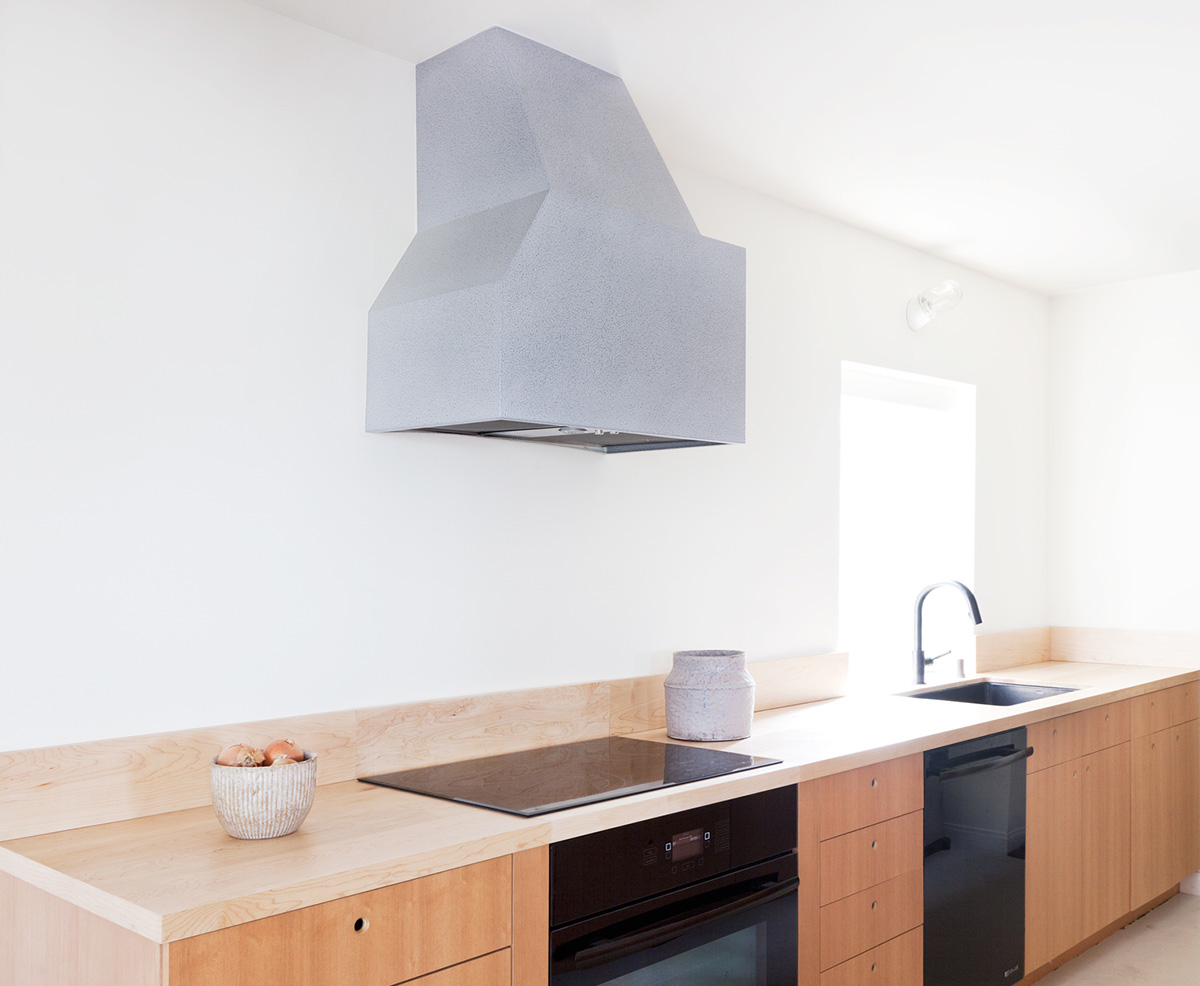
Eric Trine
“Metal is such a slick material — it’s nice to be able to add texture along with the color, and it all has the durability of a powder coat.”
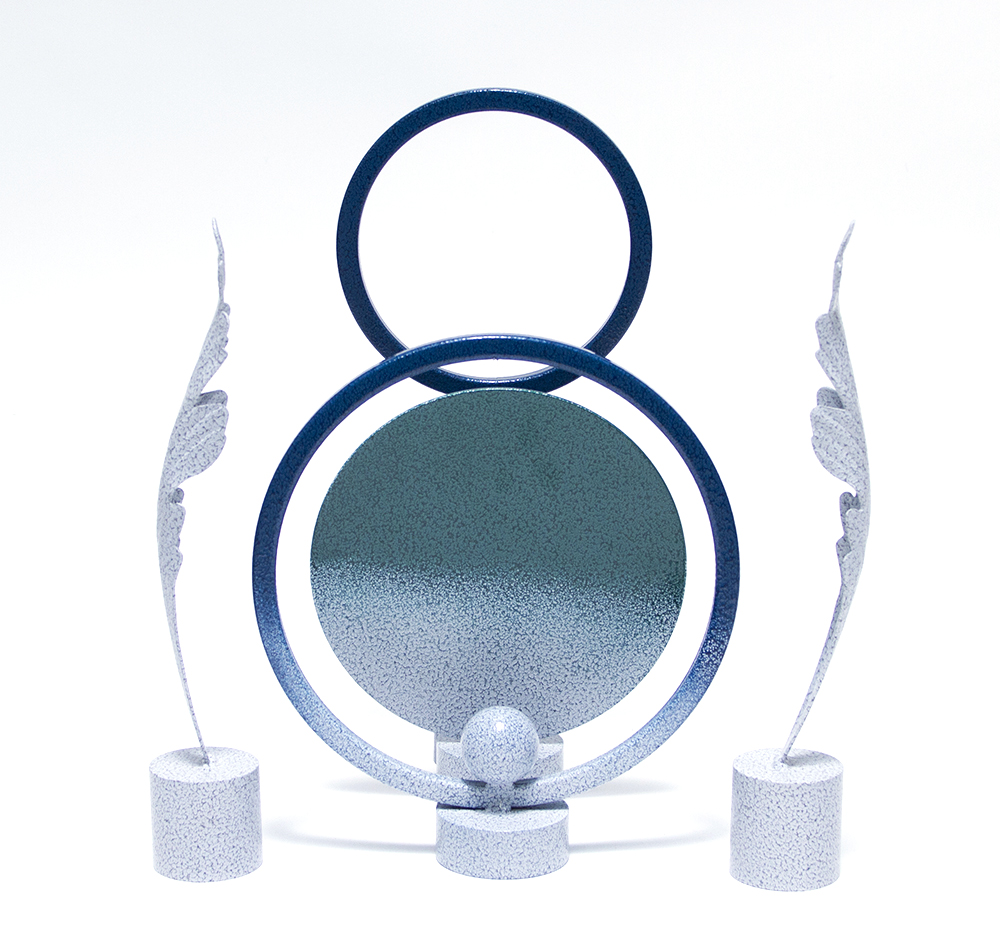
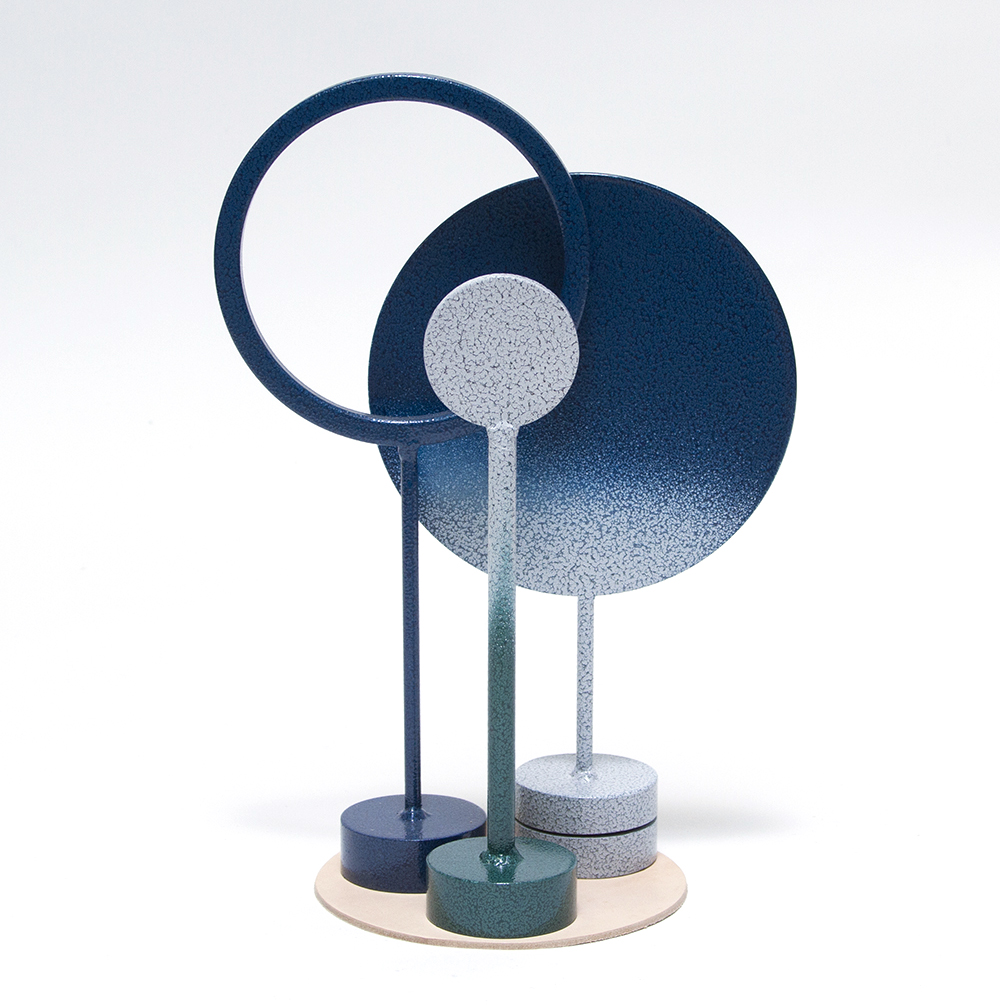
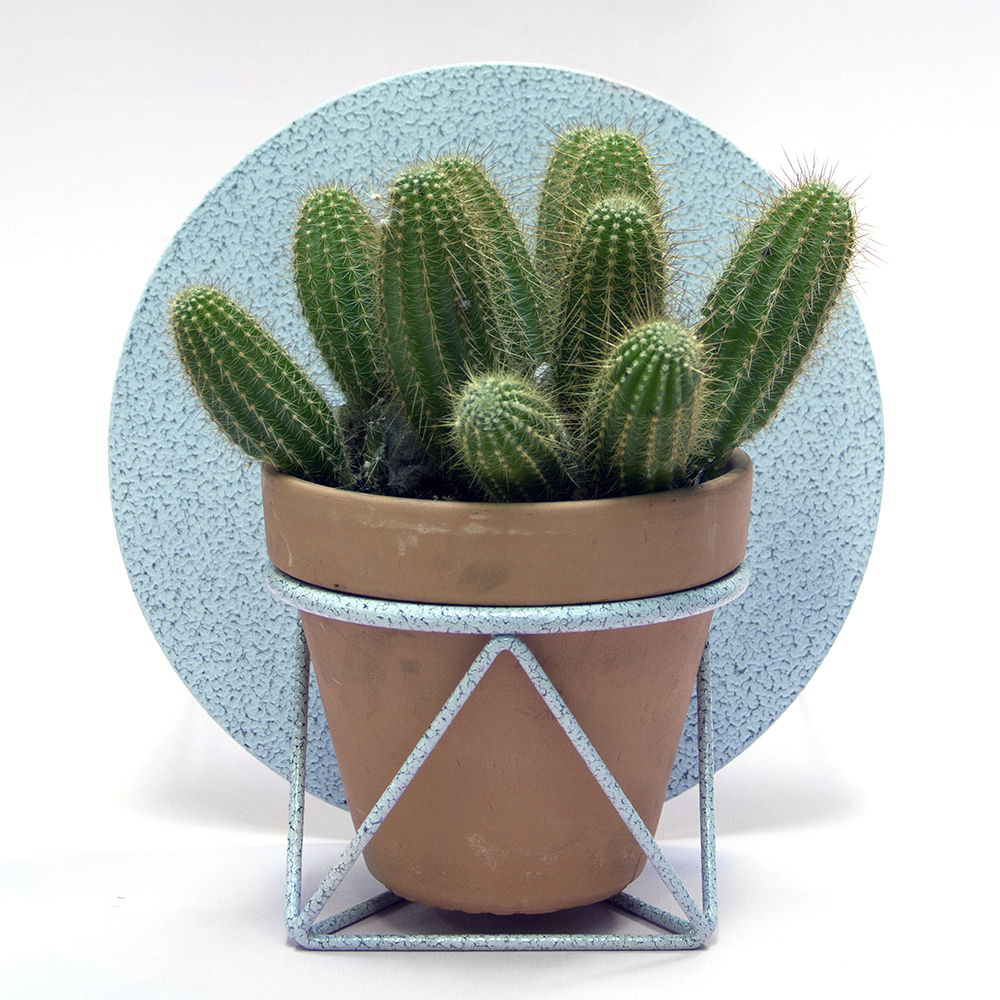
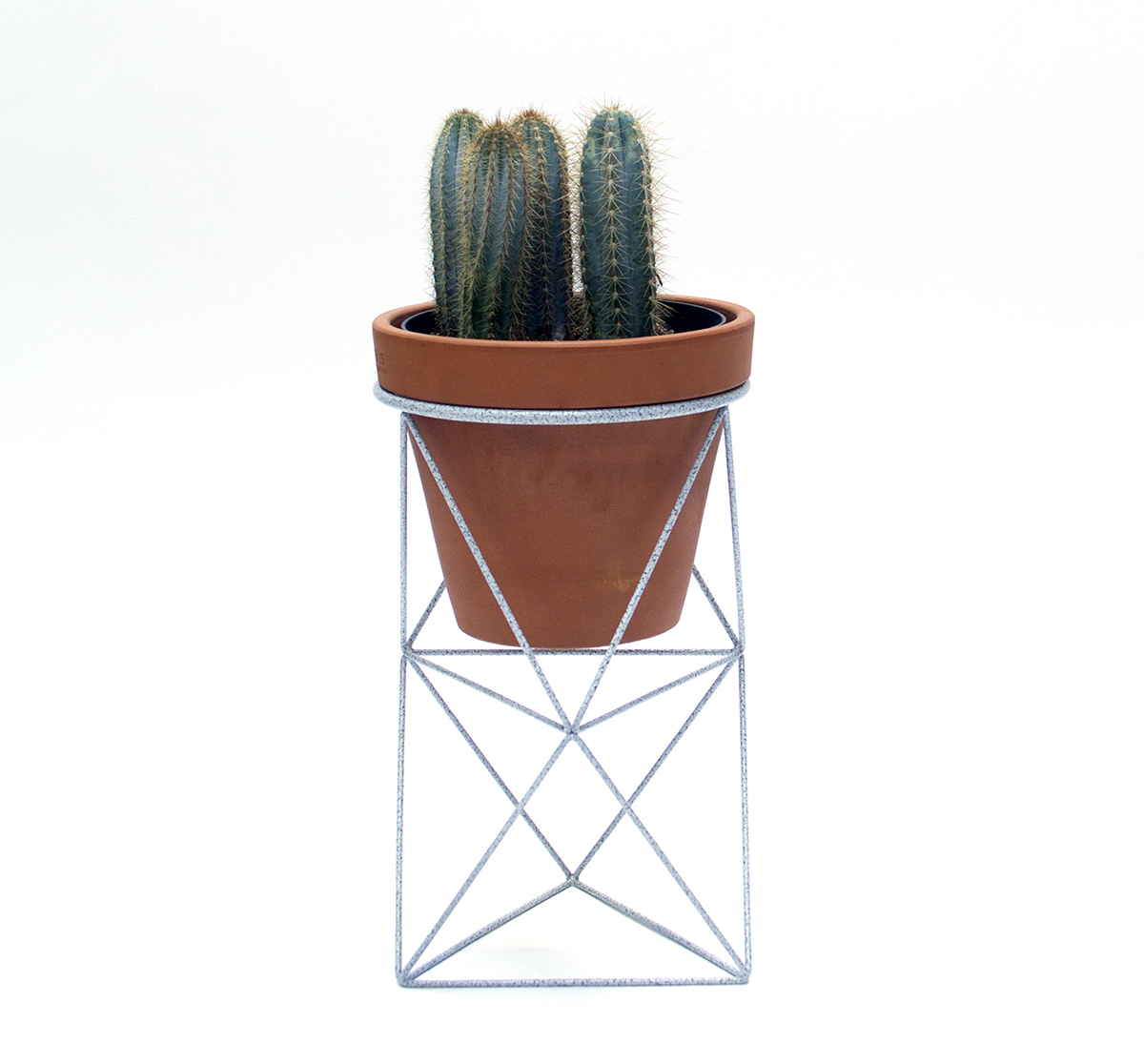
Iacoli & McAllister
“When we first started using hammertone, in our collection for ICFF in 2013, I can’t think of anyone else who was using it. We found it in a stack of samples at our powder coater and we were drawn to how unexpected it was. We’d seen these types of finishes used on industrial equipment and thermoses, but never on lighting and fine furniture or jewelry. So we thought it would be a fun way to get some more texture onto our pieces. It was also very in line and, can I say, on trend, with the whole Memphis revival that seemed to really be gaining momentum at the time.”

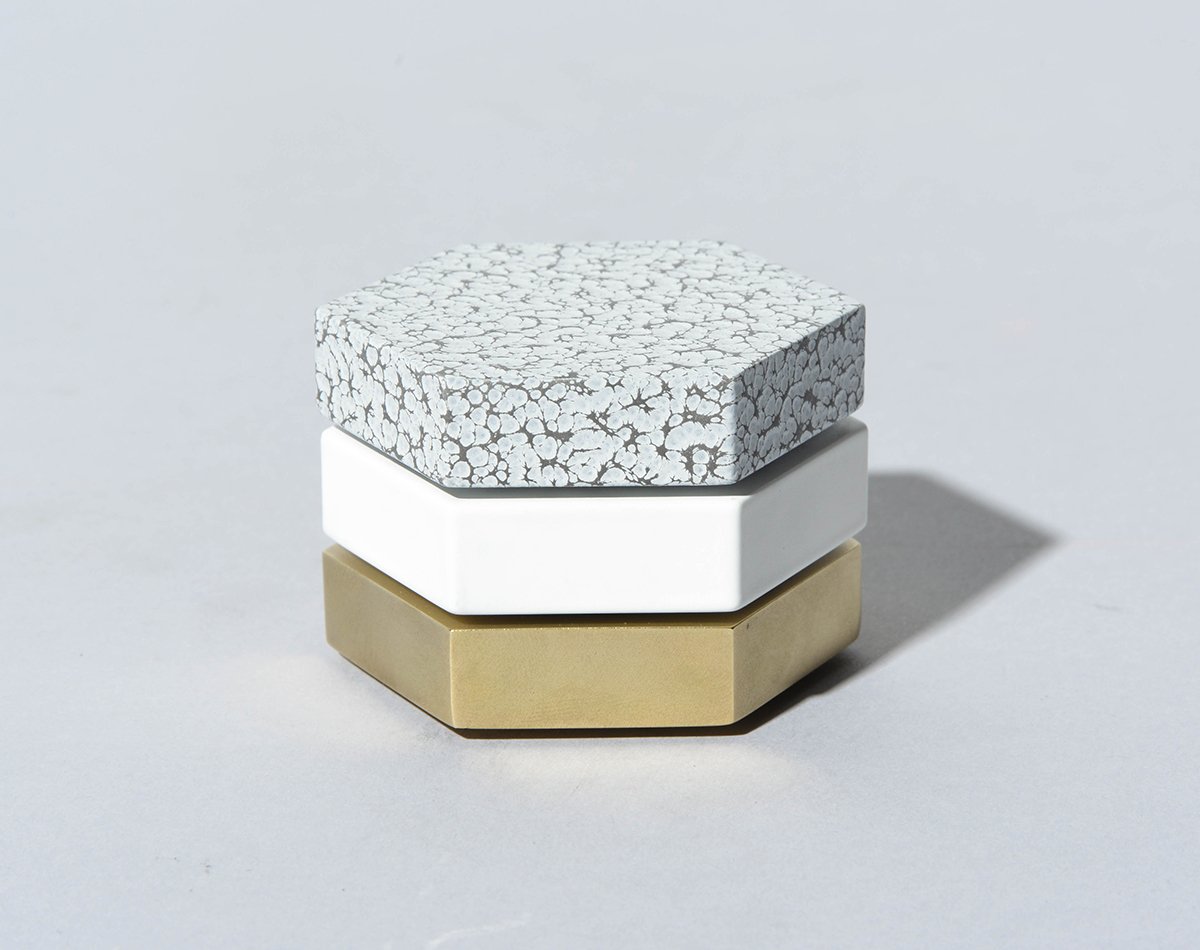
Max Lipsey
“I’m attracted to hammertone for the association with old tools and machines, the durability, and the unusual colors. It speaks of something solid and well-made — the best qualities of steel. And I like the proud ‘wrongness’ of it! It’s almost bad taste, but also cool.”
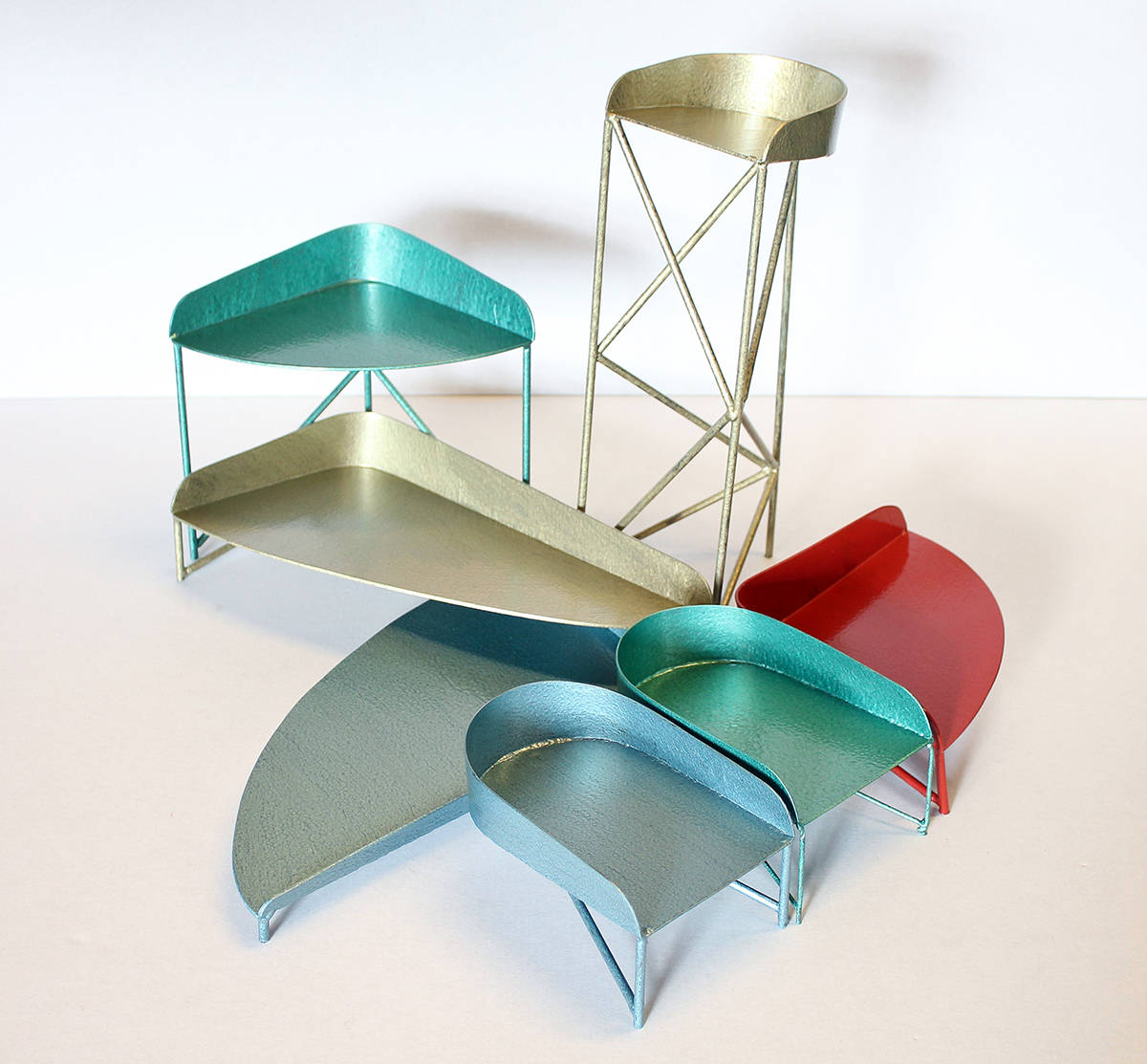
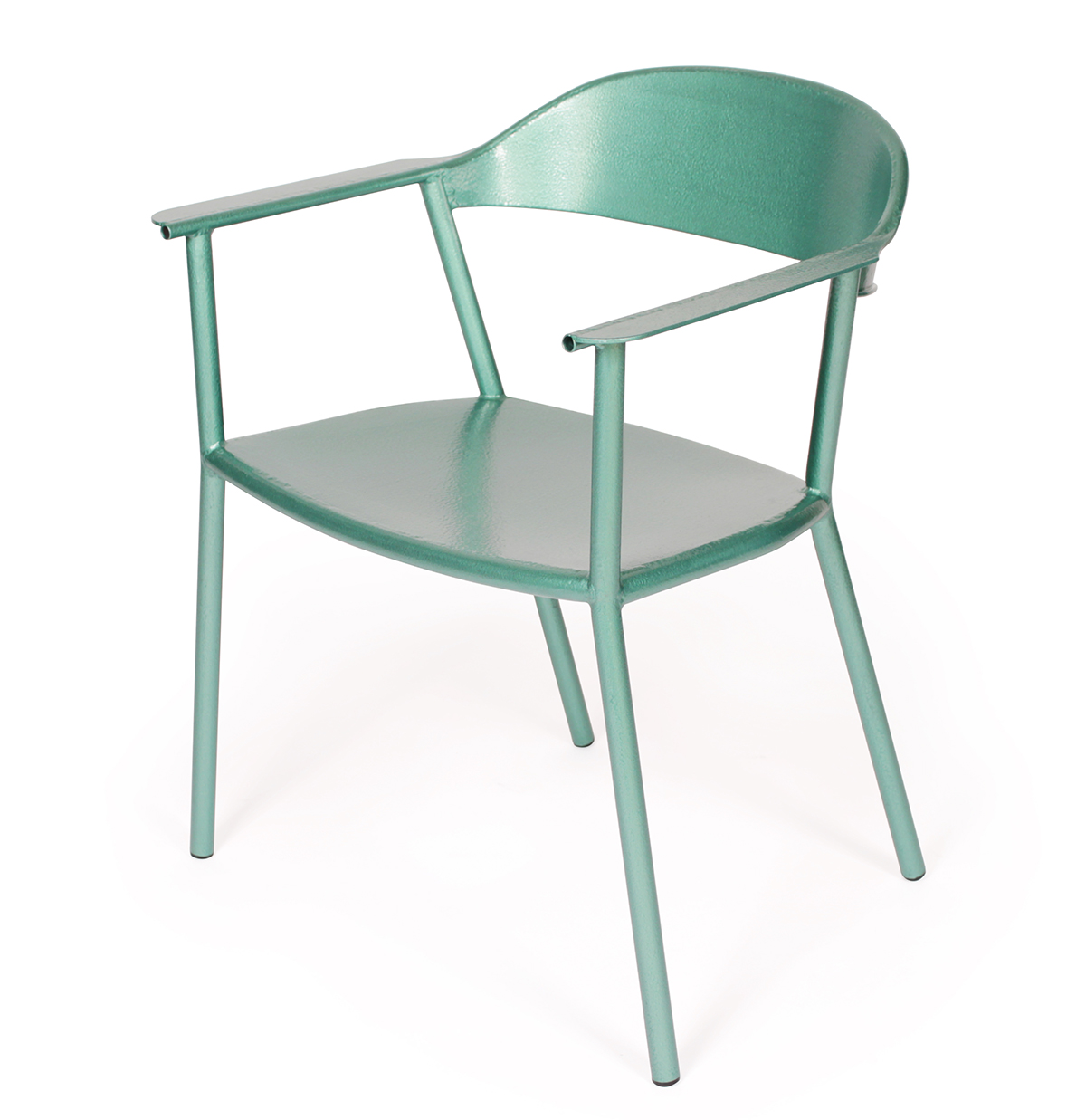
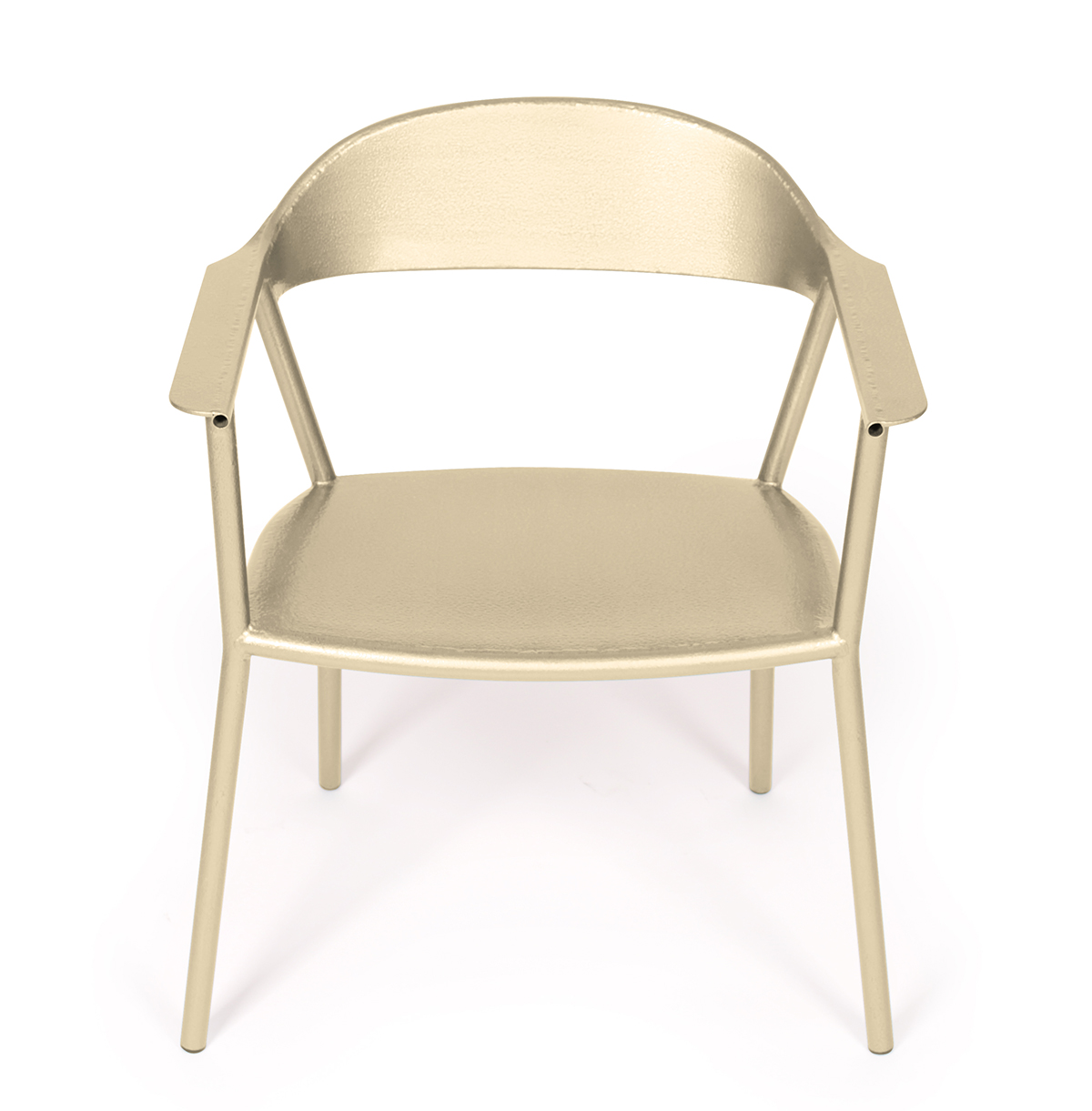
Rich Brilliant Willing
“As an industrial finish, hammertone is aesthetically beautiful, but not delicate — it looks the way it does for the sake of durability. Hammertone’s dimpled surfaces both prevent and hide scratches, and their glossy textures are intriguing. They retain visual interest from 5 feet away to 5 inches. Our interest in hammertone is true to our roots of finding and re-purposing off-the-shelf solutions. This very much relates to our early work in ’07 and ’08; in fact, we first used hammertone in 2008.”
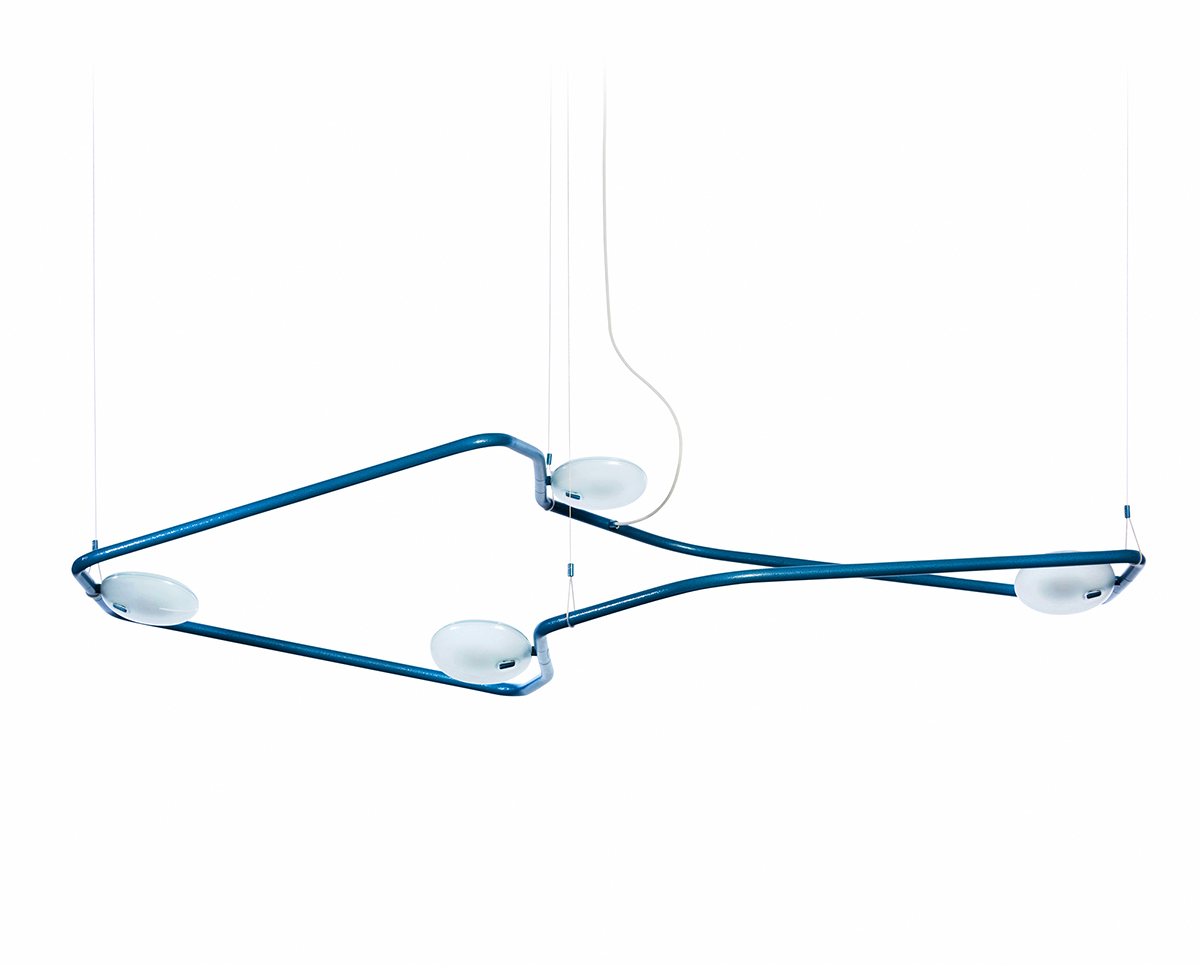
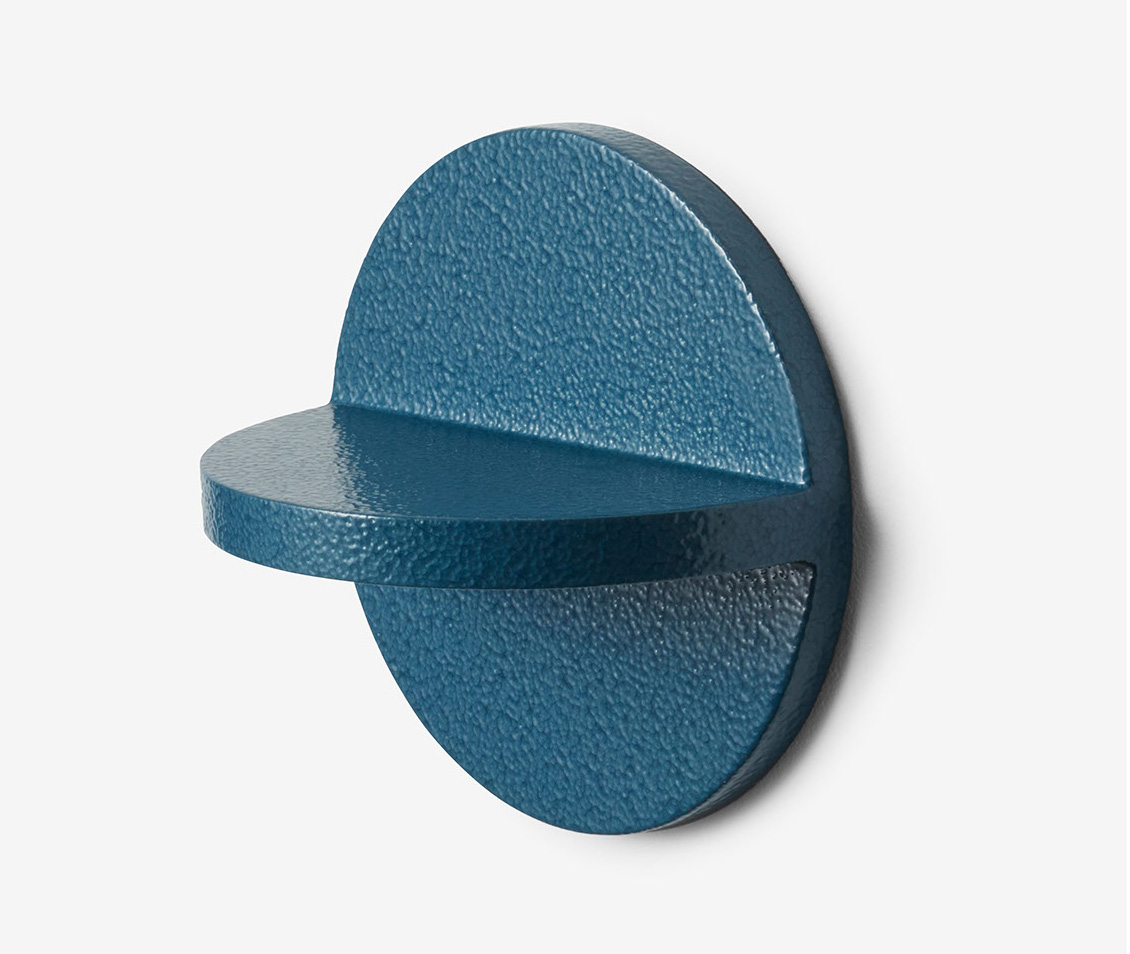
Elise McMahon
“I just don’t ever seem to tire of this finish. It has an inconsistent consistency which combines the durability of powder coating with the feel of something more textural, like a porous stone or snake skin.”
